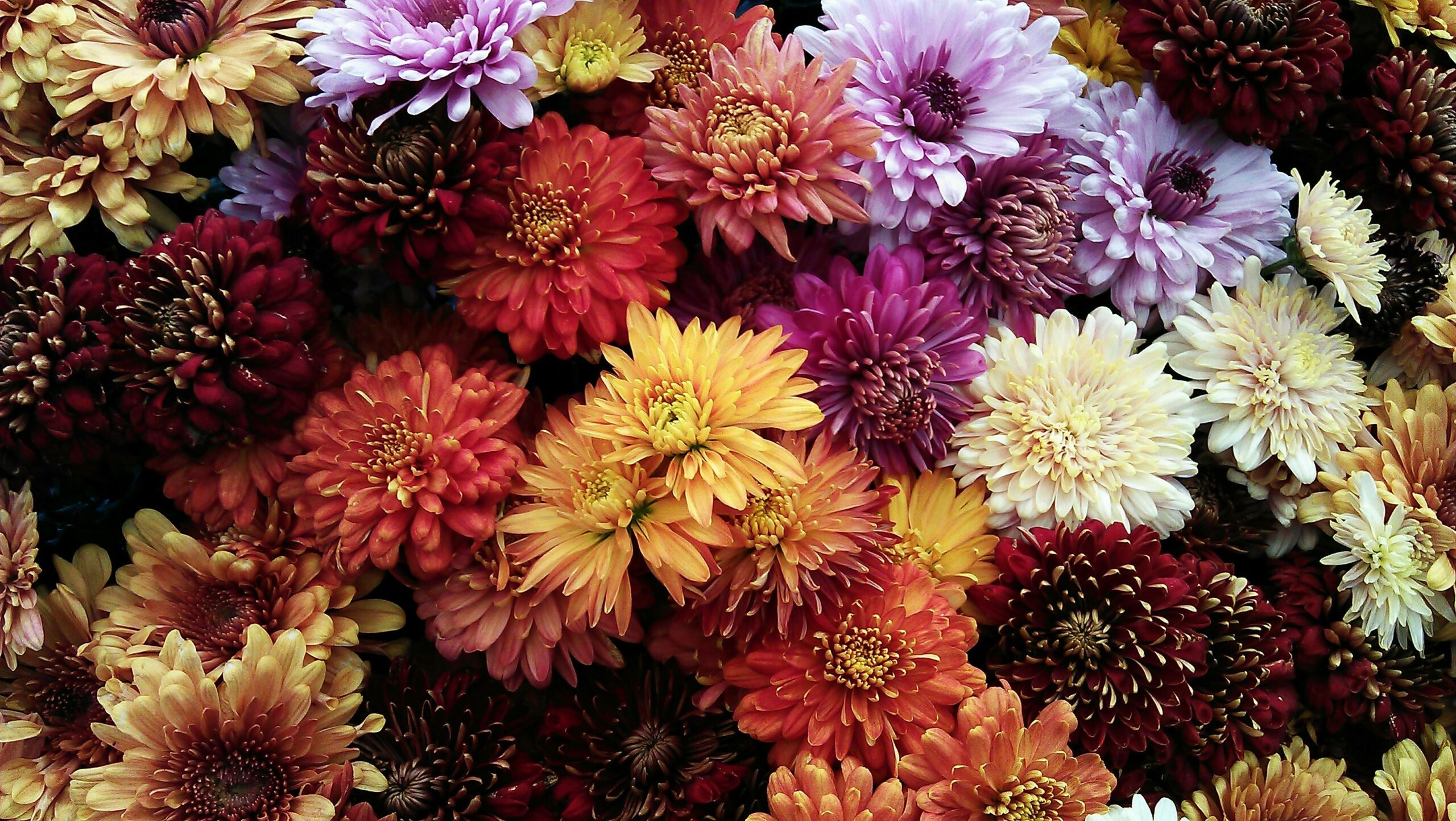Mums take center stage when summer flowers take a bow

COLUMBIA, Mo. — Few flowers signal fall’s arrival more than the cheerful chrysanthemum, or mum, said University of Missouri Extension horticulturist David Trinklein. Mums’ long-lasting blooms put on a colorful display for weeks when other flowers have called it quits for the season.
Mums are one of the oldest known flowers, Trinklein said. The Chinese raised them for ornamental and medicinal purposes more than 2,000 years ago. In ancient Japan, families used a mum insignia on family crests to boast of prominence. Warriors etched images of mums onto their swords. In the eighth century, the emperor placed chrysanthemum as Japan’s official seal. In other cultures, they serve as grave decorations. It is November’s official flower.
Trinklein noted that new varieties developed by plant breeders have made mums more popular than ever.
The Belgium or European garden chrysanthemum, a relative newcomer, is a popular choice because of its spectacular size and floral display. It is common for Belgium mums to produce more than 500 flowers on one plant. Mum lovers delight in their improved growth habit and garden performance.
Mums are short day plants that need long periods of darkness to induce flower formation, Trinklein said. Most modern cultivars begin to show color mid-September to early October, depending on cultivar and temperature.
Garden mums are available in the spring as rooted cuttings established in small containers or during the fall as large, mature plants in or near full bloom.
Trinklein offers tips for spring and fall mums:
Spring mums
- Select a well-drained planting site that receives at least eight hours of sunlight.
- Space smaller plants 18 to 24 inches apart to allow for the future growth. Space 30-36 inches apart for more vigorous cultivars.
- Apply a granular fertilizer such as 5-10-5 or equivalent at the rate of 2 or 3 pounds per 100 square feet of surface area, and mix it into the soil. Apply a soluble starter fertilizer high in phosphorus such as 9-45-15 immediately after transplanting.
- Pinch spring-planted garden mums every three to four weeks for bushy, compact growth and more flowers. For most, pinch no later than July 4 to avoid accidentally removing flower buds.
- Garden chrysanthemums need about 1.5 inches of water weekly during the growing season.
- Mulch plants with bark, wood chips or other organic materials. This saves moisture and controls weeds.
- Check for aphids, two-spotted mites and powdery mildew. Garden chrysanthemums are mostly insect- and disease-free.
Fall mums
- Choose plants that are beginning to show color. These produce blooms for the longest time. Expect bright colors even after light frosts. Colors fade after heavy frosts.
- Most potted mums are grown in a soilless growing medium high in organic matter. Plant in well-drained soil in garden beds or borders. The roots of fall-planted mums find it hard to adapt to heavy garden soils. After transplanting, keep plants adequately watered to encourage the establishment of a good root system.
- Prevent winterkill by mulching the crown of plants after the tops have faded and been removed.
For more information, visit the National Chrysanthemum Society’s website at www.mums.org.
Miss Clipping Out Stories to Save for Later?
Click the Purchase Story button below to order a print of this story. We will print it for you on matte photo paper to keep forever.

